-
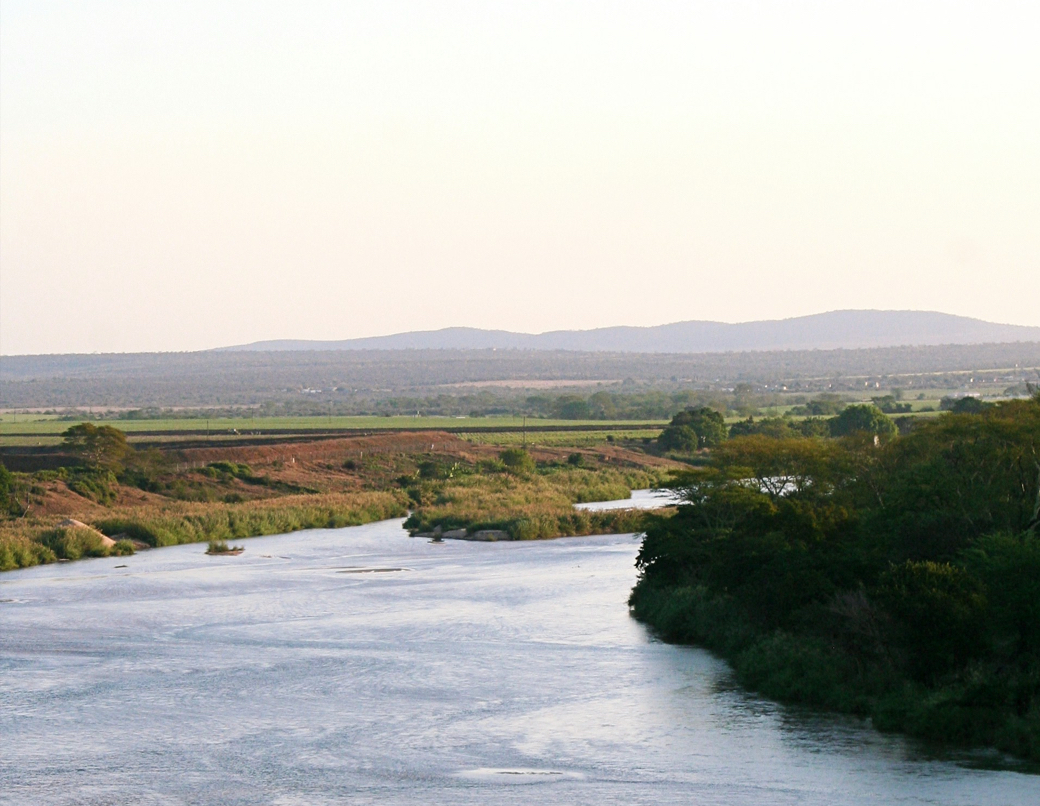 Zambezi Basin Can Triple Food and Double Clean Energy Without Harming Wetlands, Study Finds
Zambezi Basin Can Triple Food and Double Clean Energy Without Harming Wetlands, Study FindsPublished in Chinese Geographical Science, the research is led by Prof. WU Bingfang from the Aerospace Information Research Institute, Chinese Academy of Sciences (AIRCAS). By integrating 1-km evapotranspiration data, CHIRPS rainfall records and GRACE satellite gravimetry, the team quantified how irrigation expansion and planned hydropower schemes interact with environmental flow needs across the 1.39 million km² basin between 2003 and 2019.
December 08, 2025 -
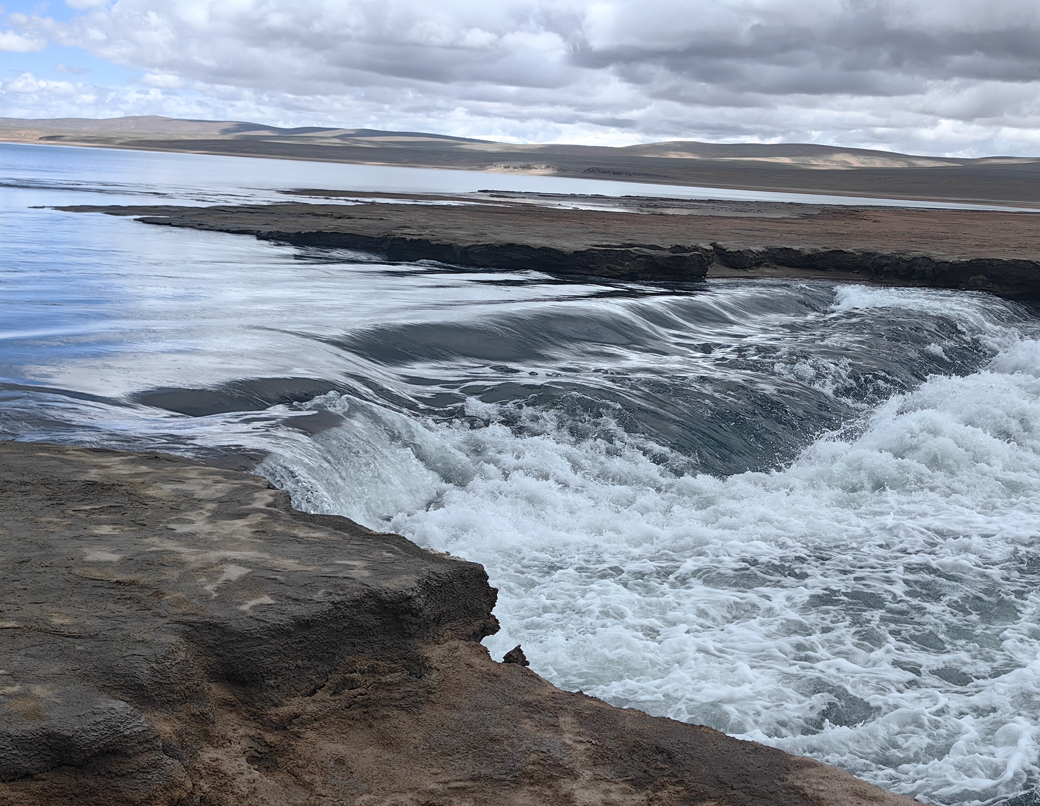 Climate Change Accelerates River–Lake System Reorganization on the Tibetan Plateau
Climate Change Accelerates River–Lake System Reorganization on the Tibetan PlateauA new study led by Professor LU Shanlong from the Aerospace Information Research Institute, Chinese Academy of Sciences (AIRCAS), has published in Communications Earth & Environment, reveals that since 2019, when the previously isolated Zonag-Yanhu drainage basin became connected to the headwaters of the Yangtze River, both hydrological and ecological processes within the basin have undergone rapid transformation.
November 18, 2025 -
 New Framework Integrates ICESat-2 and Multi-Source Remote Sensing for High-Precision Bathymetric Mapping
New Framework Integrates ICESat-2 and Multi-Source Remote Sensing for High-Precision Bathymetric MappingA research team led by Prof. NIE Sheng at the Aerospace Information Research Institute, Chinese Academy of Sciences (AIRCAS), has developed a new bathymetric mapping framework that integrates indirect inversion of ICESat-2 satellite LiDAR data with multi-source remote sensing observations. The framework, detailed in Remote Sensing of Environment combines wave-based indirect bathymetry, multi-source feature fusion, and a temporal sample-transfer strategy to achieve high-accuracy, wide-coverage mapping in optically complex shallow waters.
November 18, 2025 -
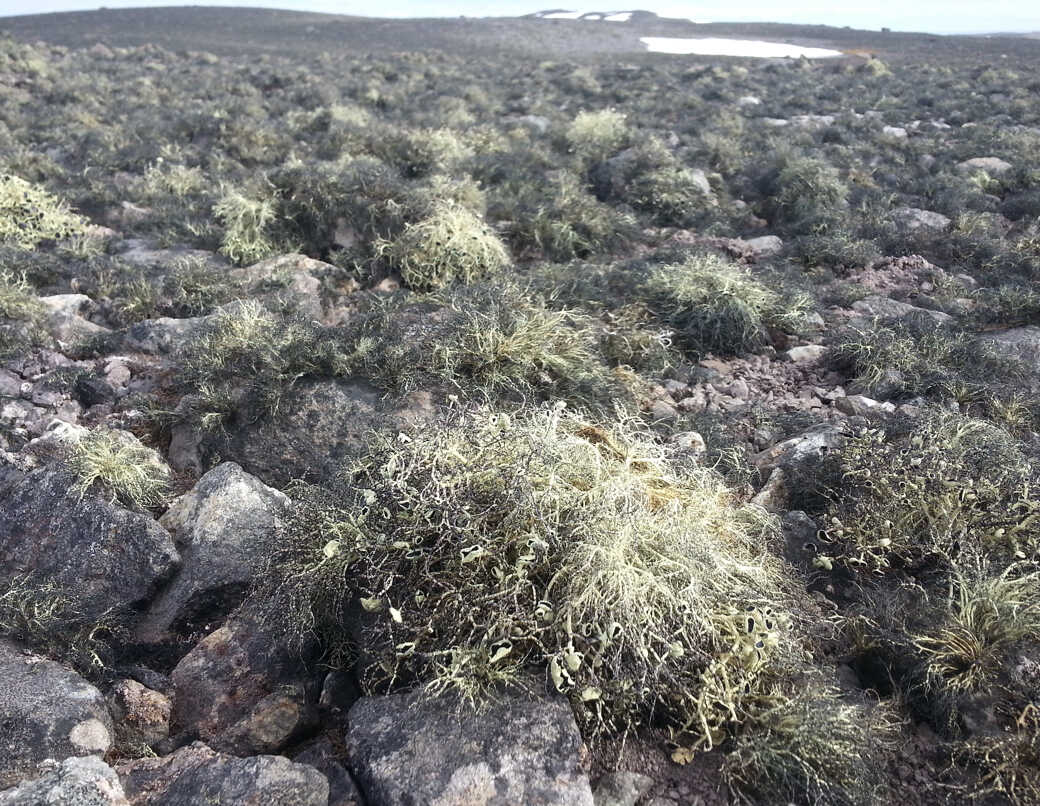 New Study Reveals How Dark-Colored Lichens Are Overlooked in Antarctic Vegetation Mapping
New Study Reveals How Dark-Colored Lichens Are Overlooked in Antarctic Vegetation MappingA research team from the Aerospace Information Research Institute of the Chinese Academy of Sciences (AIRCAS), in collaboration with the Center for Advanced Studies in Earth Sciences and Biodiversity (CADIC-CONICET), Argentina, has revealed major blind spots in current Antarctic vegetation mapping caused by the poor detectability of dark-colored lichens.
November 12, 2025 -
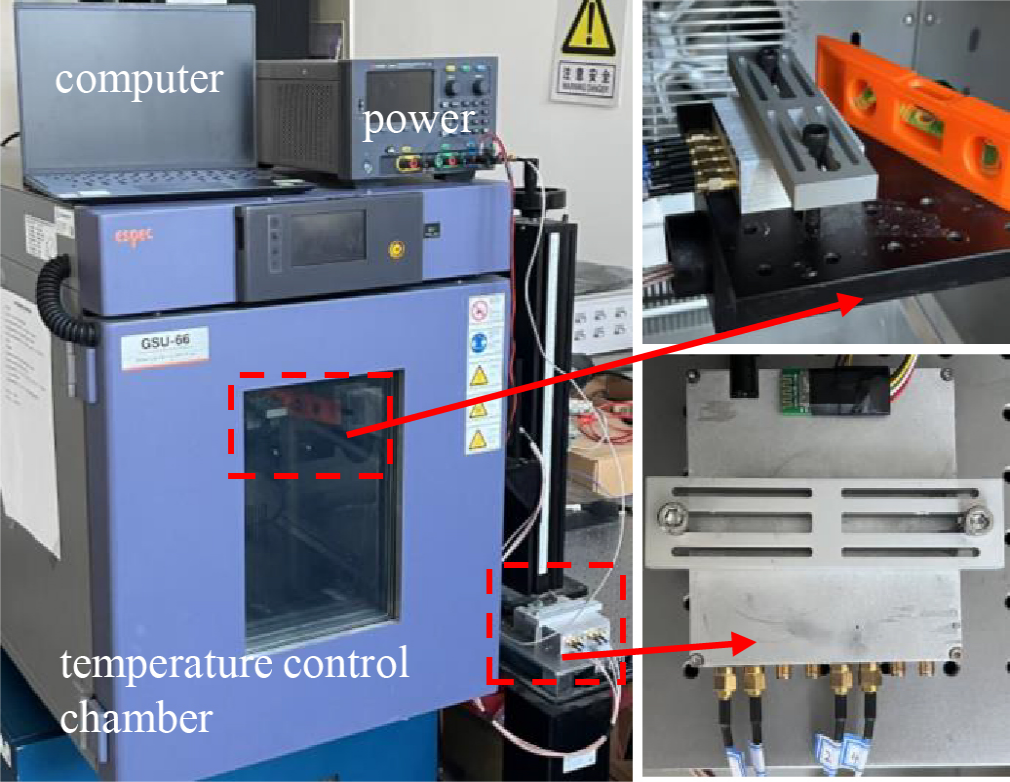 Dual-Mode Design Significantly Enhances MEMS Accelerometer Performance, Study Finds
Dual-Mode Design Significantly Enhances MEMS Accelerometer Performance, Study FindsA recent study published in Microsystem & Nanoengineering introduces an innovative solution to the persisting challenges in Micro-Electro-Mechanical Systems (MEMS) resonant accelerometers: temperature drift and measurement dead zones. By adopting a dual-mode operating scheme that effectively separates the operating frequencies of the differential beams, the researchers achieved notable improvements in the sensor's accuracy and overall performances.
November 11, 2025 -
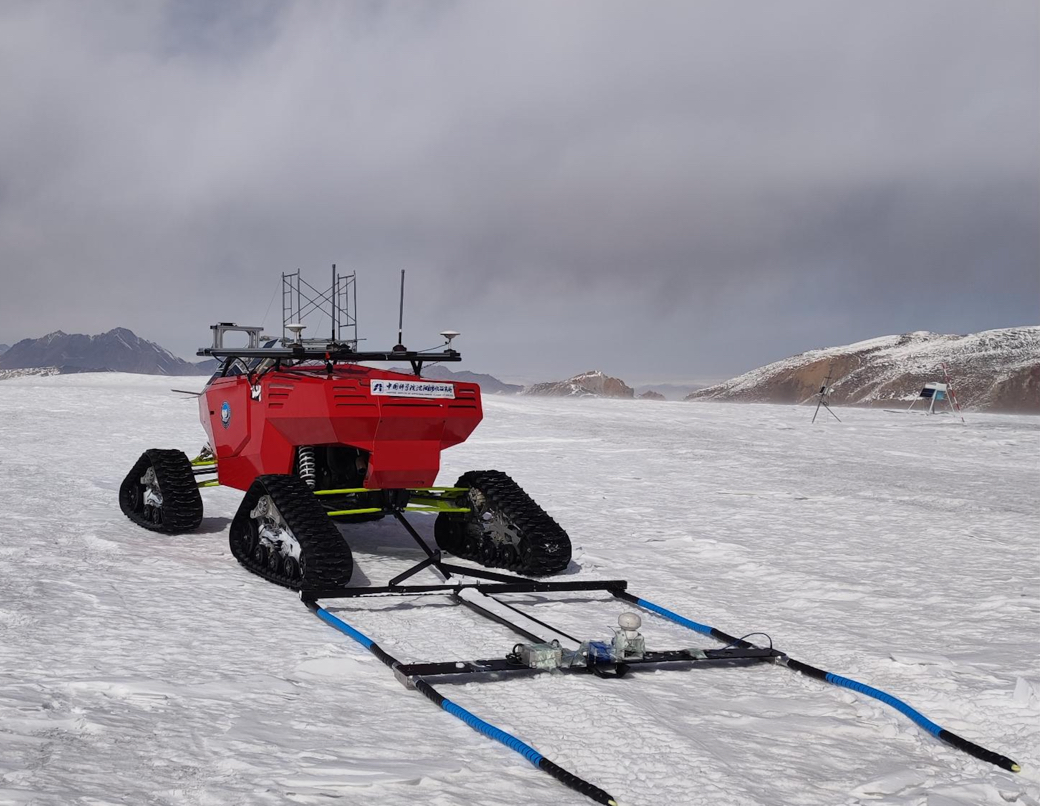 Chinese Scientists Test Unmanned Glacier Penetrating Radar on Bayi Glacier
Chinese Scientists Test Unmanned Glacier Penetrating Radar on Bayi GlacierA research team from the State Key Laboratory of Remote Sensing and Digital Earth, in collaboration with the Laboratory of Electromagnetic Radiation and Detection Technology at the Aerospace Information Research Institute of the Chinese Academy of Sciences (AIRCAS), has successfully completed field testing of a self-developed unmanned vehicle-mounted glacier penetrating radar on the Bayi Glacier in the central Qilian Mountains. The tests ran from October 10 to 25, 2025.
November 05, 2025


